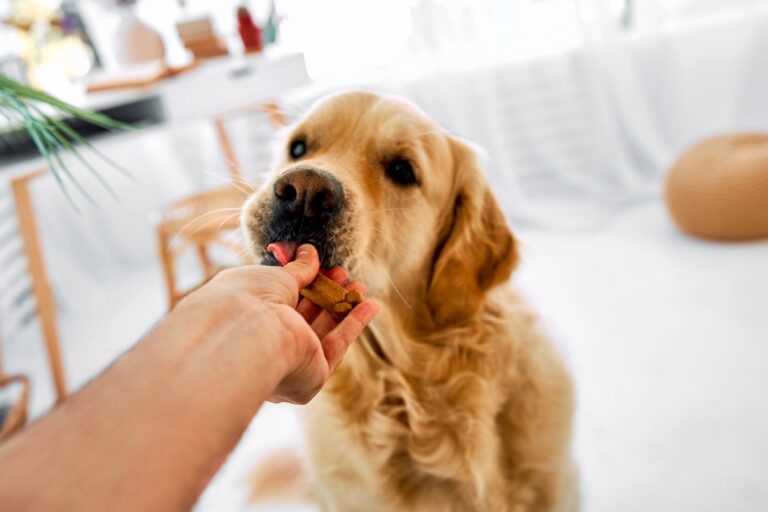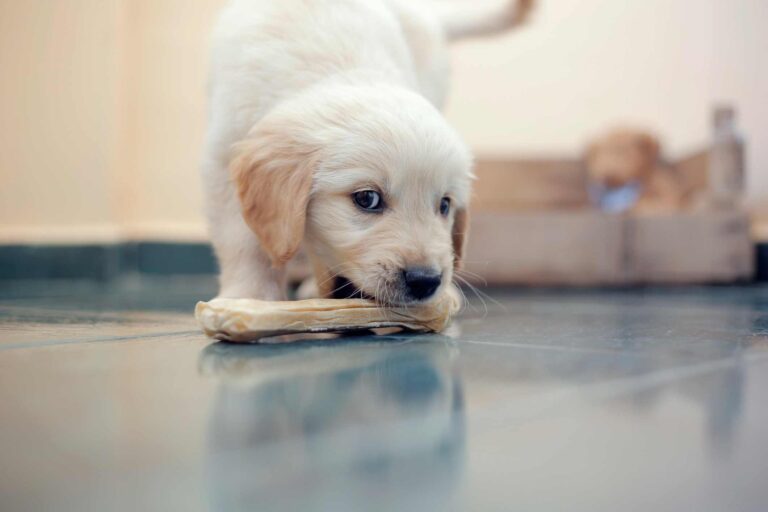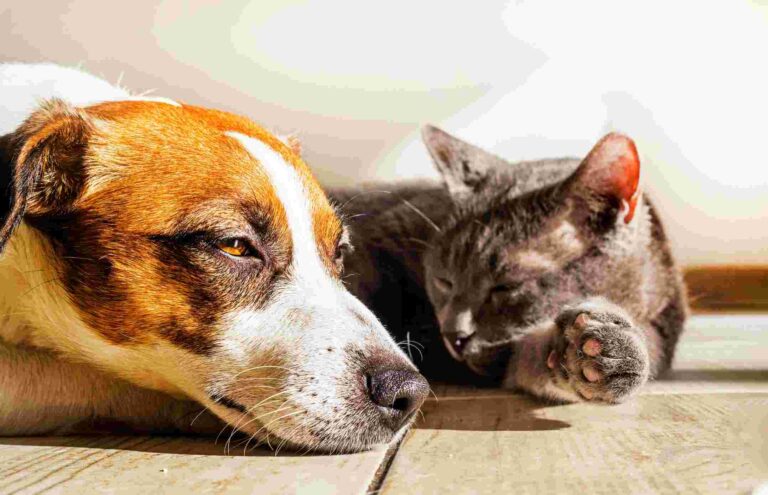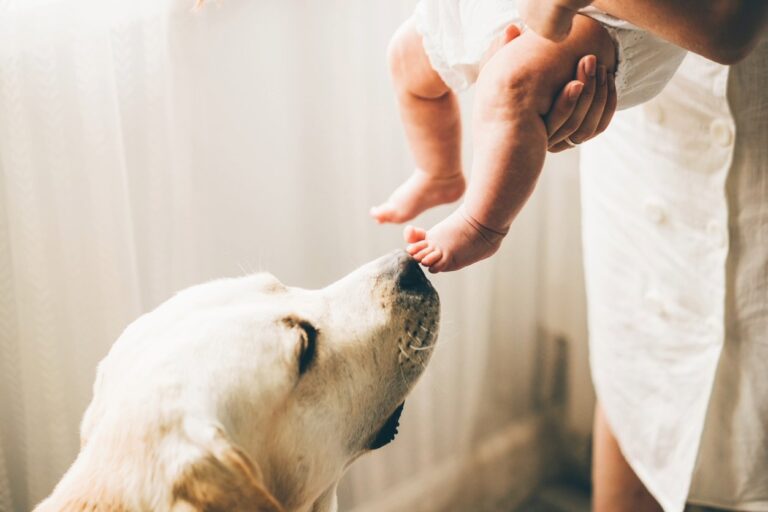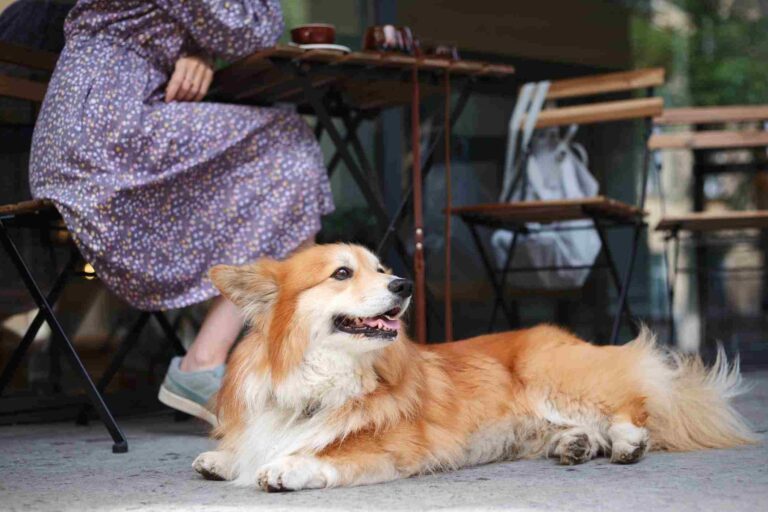Positive reinforcement training has been proven to be one of the most effective training techniques with animals and people! Positive reinforcement is the process and a positive reinforcer is the reward. Most commonly, treats are used to reward dogs for a prompted behavior. In actuality, a positive reinforcer is anything that is added to the environment that makes the behavior more likely to occur again. At Beyond the Dog Training, we use a variety of reinforcers to reach a high-level of compliance, even in the most distracting environments. Below, we’ve listed four common reinforcers as rewards for positive training.
Squeaky Tennis Ball
This one is perfect for the ball-motivated dogs. A regular ball is fine, but using ones that squeak, like the Kong Squeakables, really drive dogs crazy.
To use the squeaky ball, first prompt your dog for an obedience cue, like sit. Once your dog’s bottom touches the ground, immediately praise “good.” If you are using a release word, like “free,” say that next. Then squeak the ball, and bounce it on the ground or toss it 5-10ft away.
When using any sort of play or activity reinforcer, always make sure that you are only giving access to the reinforcer for less than 5 seconds. You should then prompt your dog for the next behavior. The limited access to the ball makes it much more valuable and motivates the dog to quickly complete the next command. Plus, the dog needs to learn this activity is a reward, and you are not simply having a session of fetch. We recommend you only give your dog access to the squeaky ball during training. It will be even more valuable and you are likely to have even better results.
Note: If your dog tends to play keepaway with the ball, to the point at which you can’t take it out of their mouth, you may need to teach a “drop it” command first.
Running/Playing
For dogs that are not ball motivated but do like to play, you can use an activity reinforcer for most obedience prompts. Five seconds of running, high praise, physical attention, or light wrestling can reinforce the sought behavior. Follow the same protocol as the ball reinforcer – start with prompting “sit.” Once your dog’s bottom hits the ground, bridge “good” and release them, “free.” Run around and play with them for five seconds. Then prompt the next obedience.
Again, make sure you are keeping the playing to five seconds or less and then prompting the dog for a new trial. You want your dog to view the running as a reward and not think you are having a play session.
Water
Access to water can be one of the rewards for positive training during the hot summer months.. If you are working on obedience at the park, simply give a sip of water like you would give a treat. You can also purchase an easy to drink water container like this dog water bottle or this squeezable bottle.
Alternatively, if your dog loves the hose in the backyard, use that as a reinforcer. Once your dog complies with your command, immediately spray the hose towards them for a few seconds. Stop and then ask for the next behavior.
Ice is also commonly used as a treat. However, we find that dogs take too long to chew on it (remember, we keep reinforcers to five seconds or less), and usually you want to practice multiple repetitions in a training session.
Food
Last, but far from least, rewards for positive training are food as a reinforcer. A classic and timeless reward for us all. Anyone else remember their mom promising a piece of candy for good behavior at the store? Most dogs will work for some sort of food. The key is to base the treat on what is difficult for your dog. For example, a highly-food motivated labrador would probably work for kibble around the house. Once you go somewhere more distracting, switch to a dog treat or something even higher-value, like chicken, hot dogs, cheese, etc. Once the dog more reliably works for the valuable treat, you can downgrade overtime to the dog treat or kibble.
Canned dog food is another great alternative for those that are wanting to save on calories. Spoon a can of ground dog food into a plastic ziplock bag and cut a small piece of one of the bottom corners. Don’t feed your dog’s meal, instead give little bites of the wet food as a reinforcer in training.
We’re here to help
Do you have any behavioral concerns with your dog? Would you like to train your dog with obedience training? You can schedule a free consultation with our Pet Behavior Experts. Our training programs are customized to meet your specific goals, and all sessions are conducted privately in one-on-one settings, both in your home and at locations in your local Dallas neighborhood.If you prefer to connect virtually or live outside our service areas, our Certified Applied Animal Behaviorist, Dr. Echterling-Savage, will provide virtual consultations to discuss your training goals and develop a plan to achieve them.
